Gwent is a wonderful card game. It can also be confusing as hell. Here’s some advice to get you started.
The Witcher 3 spin-off might still be in beta but tons of players have already discovered its lovely idiosyncrasies and gorgeous artwork.
As one of the best free-to-play games on PS4, Xbox One, and elsewhere, it’s worth exploring. I offer the following tips in the hopes that your journey might go somewhat more smoothly than mine first did.
Play the tutorials.
This seems obvious, but I’m sure there are plenty of people (myself included) who had played some of Gwent from The Witcher 3 and just wanted to dive right into a few multiplayer matches.
That’s all fine and good, but this is a different version of the card game in both subtle and not-so-subtle ways. Playing through the game’s tutorials, which it calls “Challenges”, is a great way to familiarise yourself with the nuances as well as try out different starter decks.
Plus, after completing certain matches in the tutorial mode you’ll unlock various cards and earn rewards like ore (for buying card packs), scraps (for crafting cards), and meteorite (for transmuting cards you own into fancier-looking versions).
If you’re not interested in spending lots of money on Gwent, this short single-player mode is a great way to rack up resources and start adding to your card collection early.
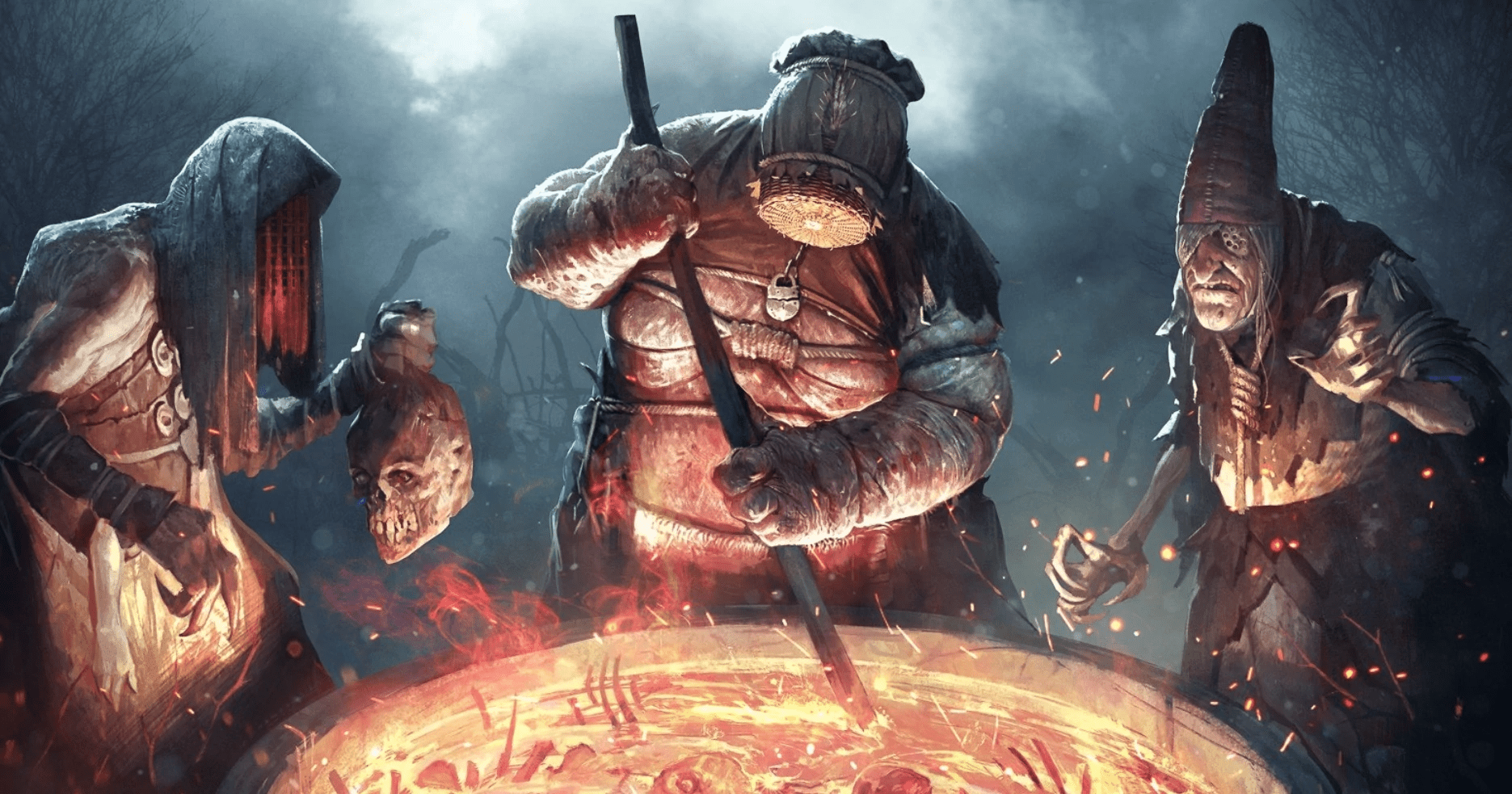
Only focus on one or two factions at first.
Whatever urges you might have to become a Gwent master overnight with amazing decks across every faction, it’s not going to happen. Early on you won’t have many cards in your library, nor a wealth of knowledge and experience to draw on when creating decks.
The best way to address both of these issues is to focus the bulk of your time and energy on a single faction.
Of the five different ones in the game – Monsters, Northern Realms, Nilfgaardian Empire, Skellige, and Scoia’tael – I recommend either Northern Realms or Scoia’tael to start. Northern Realms excels at siege and swarm type decks, the latter of which is great for newcomers since its strategy is based around using lots of lowly soldiers who buff each other’s stats as they’re played.
It’s a straightforward approach and not very expensive to start crafting. Scoia’tael on the other hand has some easy dwarf decks that are currently still pretty strong in the meta. The basic idea is you fill up your deck with these things like Dwarven Skirmisher, Dwarven Agitator, Mahakam Guard, and Mahakam Volunteers to flood the board with points.
Net-decking is your friend.
Constructing decks can be fun, and I encourage everyone to play around with it, but it isn’t for everyone. For most of us, net-decking (using deck compositions you find online) is the most hassle-free way to learn about solid deck archetypes.
After you’ve picked the faction or two you want to start exploring, look up some of the best decks in that category on GwentDB according to the latest patch. These will often be expensive in terms of crafting, but you don’t need all or even most of the cards in a deck to try it out.
As long as you have the bulk of the bronze cards and a handful of whichever silver or gold ones are intended to combo with them, you should be in good shape. To fill in the holes, try using the cards you already have that do something similar.
If the missing cards were spies, find other spies to replace them. If they were knights with armour bonuses, search for other armoured units. As a last resort you can always go with high strength cards (Geralt is, for this reason, a pretty versatile gold neutral – getting 15 strength out of one card never hurts).
Play your daily quests
Gwent gives daily rewards for winning matches, which is a great way to get new cards. Gwent matches can go longer than your average round of Hearthstone, but in about an hour’s time you can unlock enough ore for a card keg by collecting six crowns.
You get two crowns for winning a match and one for winning a single round in a match, so even if you ultimately, you’ll still be making progress. As a result, it’s also a good excuse to practice and try out new decks in casual mode.
In addition, the game now has separate quests based around things like winning a certain number of games using a certain faction. Completing theses as they arise are low hanging fruit when it comes to beefing up your collecting.
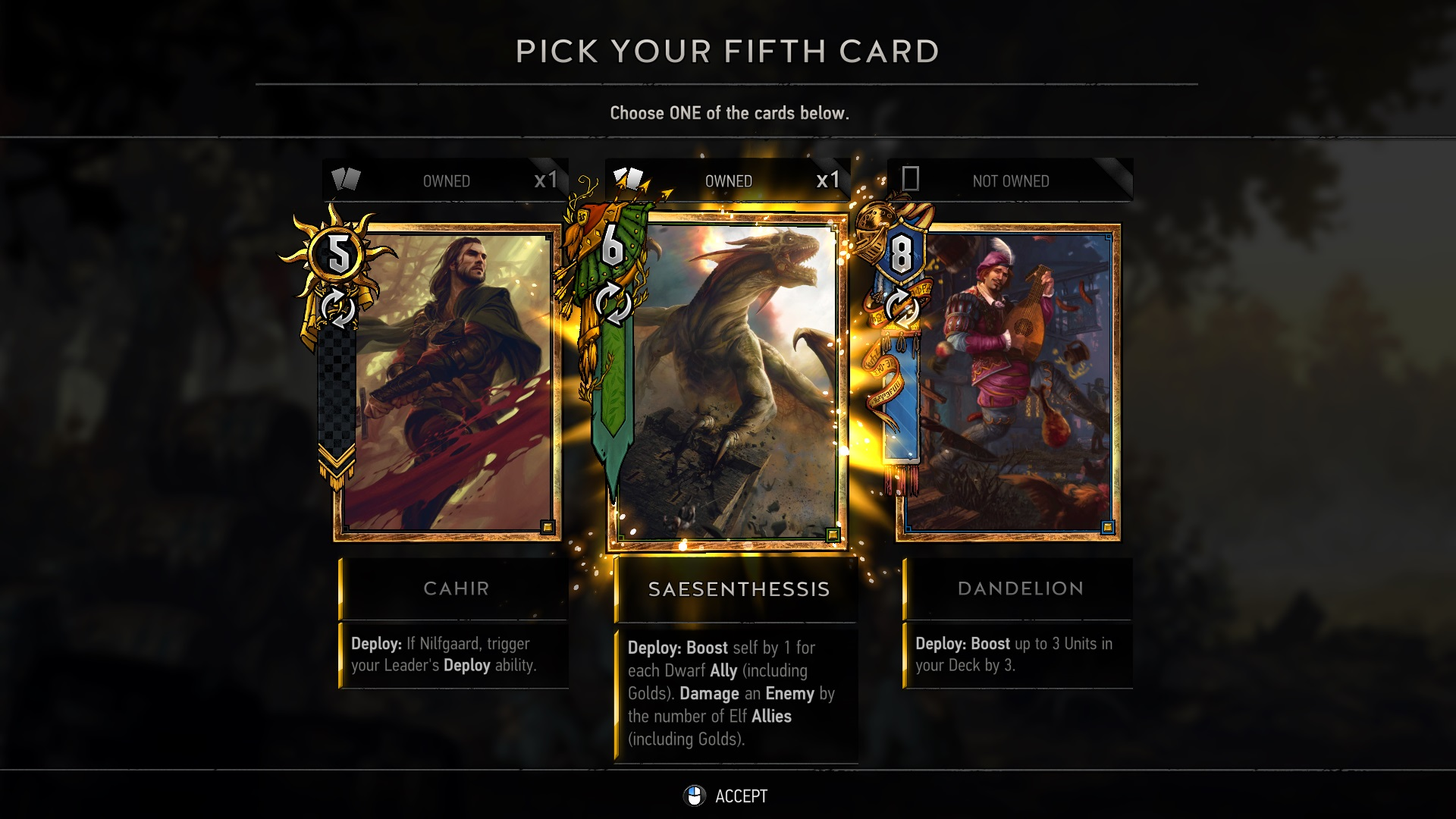
Craft the best neutral cards first
If you’re a fan of The Witcher, like me, you’ll no doubt want to get your hands on your favourite characters, even if they don’t actually play well with cards you have. A better strategy is to focus first using your scraps to craft top-tier gold neutrals, since these types of cards can be used in any faction deck.
Ciri: Nova, Geralt: Igni, and Muzzle are good ones to start since they have a lot of versatility to work in different deck types but are also each strong on their own. When you get more resources and have decided which faction you want to focus on, apply the same logic.
Look for the top golds that are used in the majority of decks. For instance, Northern Realms’ Shani and Djikstra are in almost every deck because they offer great value in just about any scenario (Shani revives a card and grants it armour, while Djikstra is a low-strength spy who lets you draw and play two cards – both great ways to build advantage).
Don’t hoard unused cards
One of the benefits to focusing on only one or two factions is that every time you get cards belonging to another you can break them down for extra scraps. If you don’t play Monsters and have no intention of ever playing Monsters then what’s the point of having Monster cards?
Short answer: there is none. So get rid of them (except golds – they’re rare, expensive, and worth holding on to) and put the scraps you get toward some useful silvers and golds in the factions you actually play.
This is considered blasphemous by many. What if you decide someday that you’re actually a Skellige fan but you purged many of those cards long ago? If you’re truly afraid of that happening, feel free to ignore this tip, but I truly believe it will help you to start having fun with the game more quickly.
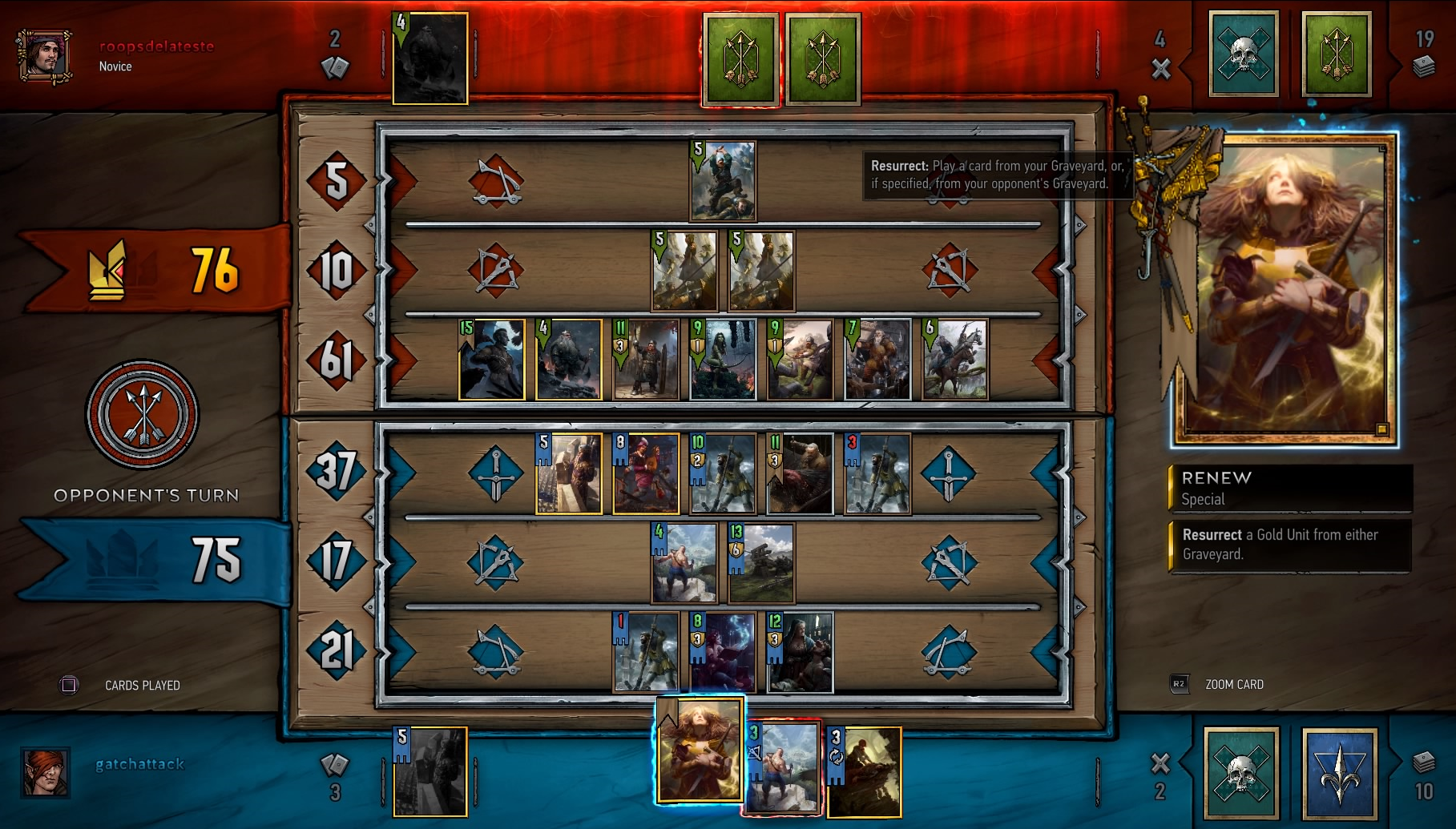
Similarly, Gwent gives every card with different art in the game a unique slot in your library, even if it has the same name as another. That means that even after you auto-scrap every duplicate you own, you’ll probably still have some extra stuff you can get rid of.
For instance if you have the premium version of Geralt: Igni (the one with the card art that moves) but also the regular version, you should get rid of the regular version. Same thing with cards like Blue Stripe Commando, which has an alternate version with different art. There’s no reason to have six of those in your library, since you can only ever use up to three in one deck. Get rid of them.
Always be looking to gain an advantage
Consider this the Glengarry Gwent rule. There’s a lot going on in any given match and tons of information displayed throughout, but two things are always the most important: who has more cards, known as card advantage, and who has higher board strength, or more points on the board. These two things are what ultimately wins games, and if you’re down in one area your goal is almost always to make it up in the other.
Did your opponent just play an additional card and gain a 30 point board advanage? Fine. If you don’t have anything to counter it with, you should look to convert their move into a card advantage on your end.
Gwent is like poker in that you can effectively fold at any time to cut your losses and preserve the cards still in your hand for the following rounds. (You choose 10 cards at the beginning, and then draw two more followed by one more on rounds two and three.) Whoever goes first in a round will likely always be down a card but up in points. If that person is you, you’re looking to preserve that advantage.
If you went second, however, you should always be looking to flip the dynamic. If your opponent places an eight strength card to start, counter with a nine if you can. At some point they will be baited into playing stronger cards or more of them in order to win the round, leaving you in a stronger position to control the rest of the game from there.
Don’t chase if you’re too far behind
Every situation is different, but a good rule of thumb is not to keep wasting cards on a round once you’ve fallen behind by 20 or more points. If there’s no good card or combo that will flip things around to put you in the lead, don’t be afraid to concede.
The more good cards you throw after bad, the fewer options you’ll have in the later rounds to make up ground. The total possible point value of six cards played together divided in half will often be higher than just three of those cards played by themselves.
Synergy is the key to unlocking the potential of your cards, and the less of it you have in later rounds, the less likely you’ll be to overcome an opponent’s point or card advantage. So even if they have already passed, as a general rule you should never go two cards behind (let alone more) in order to win a round unless you have no other choice.
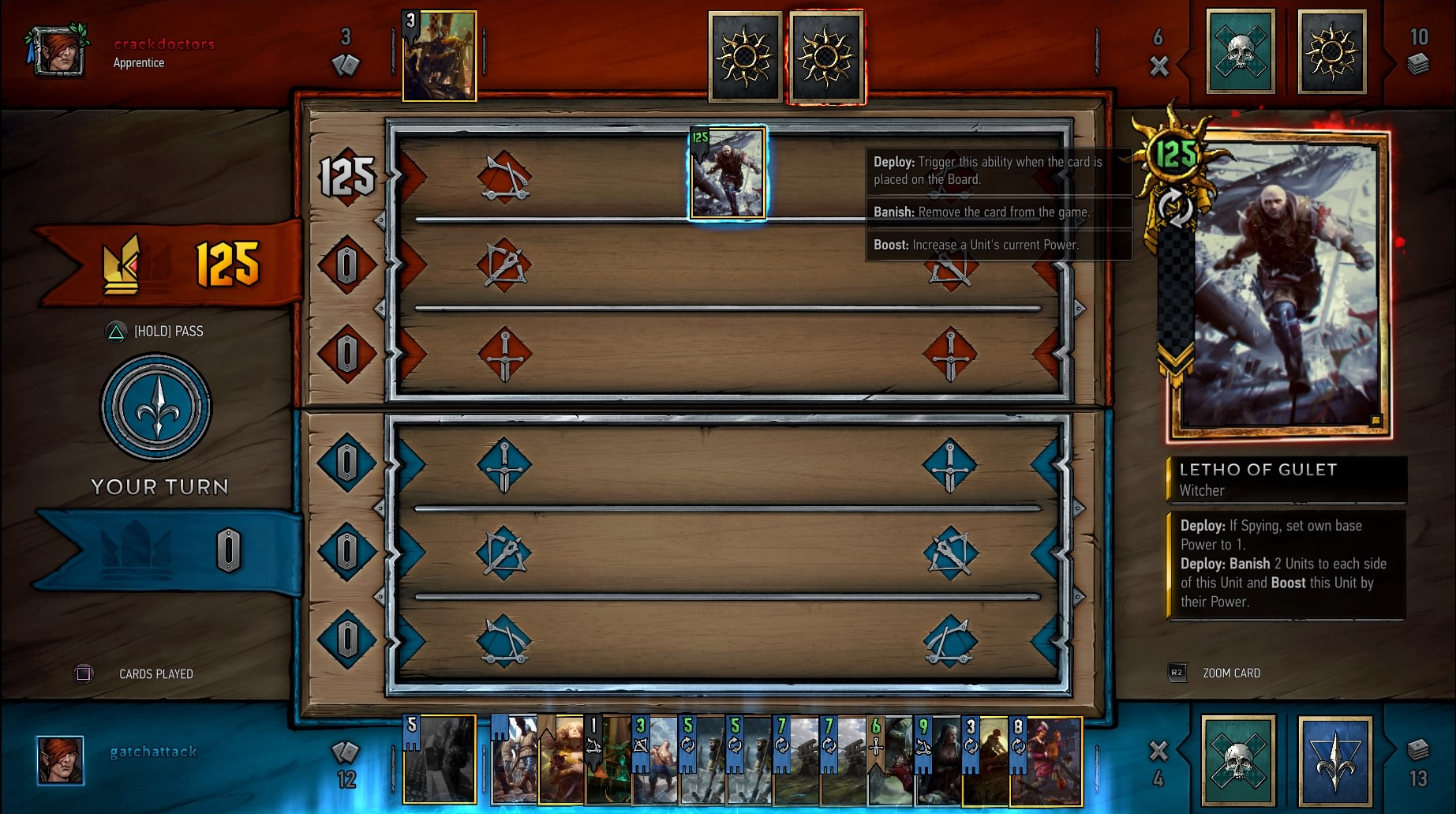
Try to win the first turn
Every match of Gwent begins with a coin toss. Whoever ends up going first is immediately at a disadvantage, since it’s much better to be the person reacting to play rather than initiating it. It’s the opposite of chess in that respect.
From there, whoever won the last round will go first on the subsequent one. As a result of this process, winning the first round of any match can be extremely helpful because it means you’ll get to go last on the final round. If both players only have one or two cards left, being the reactive player on the final round can often decide things, since you’ll have more information to work with and will have fewer potential targets on your side of the board at the start of the other person’s turn.
While you don’t want to sacrifice too much in order to win the first round (for reasons discussed above), it’s often better to try to enact your main card strategy on the first round. Whoever you’re facing will also have a vested interest in doing the same and not conceding the moment you put up a strong point showing.
While conceding on the first round can be appealing, especially if you didn’t get a good opening hand, it risks putting your opponent on the front foot and in control of the rest of the game.
Play “engine” cards early
Gwent cards that build strength over time are called engine cards. Redanian Knight-Elect is a good example. During every turn that it has armour, it boosts the units next to it by one. Getting this effect going as early as possible can pay dividends down the road and be the difference between the card contributing a net value of 12 vs. 17.

Weather cards are similar, except with dealing damage to your opponent. While you don’t want to lay down fog or rain too early when the person you’re playing against can simply abandon that row for the rest of the round, you also don’t want to wait too long.
You’ll want a good five turns with a weather card active in order to get the best value out of it. By the same token, if you’re currently suffering under a hazard like Ragh Nar Roog, use Clear Skies immediately or consider conceding the turn with a card advantage rather than fight into it.
Watch out for scorch!
Geralt: Igni is what’s known as a scorch card. When played, it destroys an opponent’s highest strength cards on the opposing row as long as the total strength of the row is 25 or more. This means it’s great for countering combos in which the person you’re playing against somehow ends up with a 20 strength or more unit on the board.
However, for this very reason you also need to be constantly aware of how your own units are shaping up so you don’t leave yourself vulnerable to this same possibility. A silver card called scorch does something similar, but for the strongest units everywhere on the board, including your own.
Since it also affects units that share a strength number with the highest on the board, it’s key to stagger the numbers of your units as much as possible. Don’t play two 10s when you could play a nine and an 11 instead. Many a game has been lost to overlooking this small and obvious fact.
Find streamers you like and learn from them.
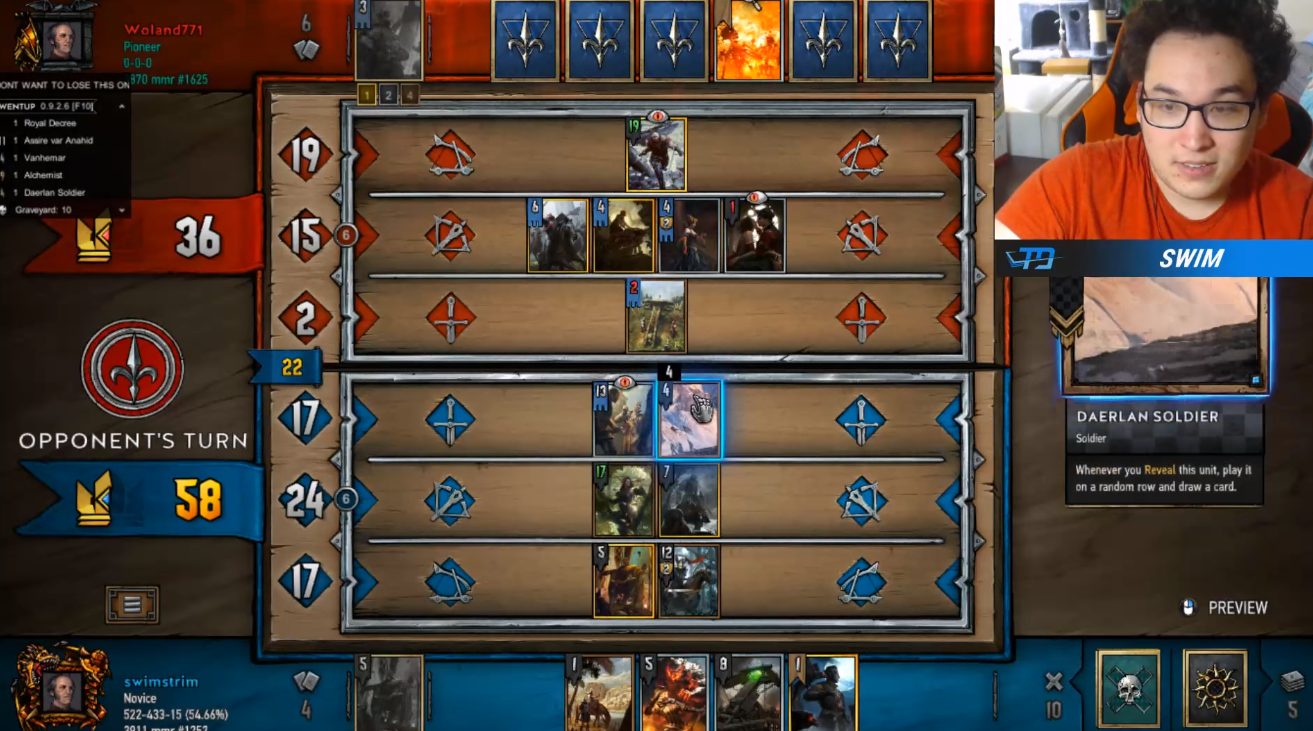
Image via YouTube
Gwent‘s subreddit and official forums have been invaluable resources for me. As have sites like GwentDB and Gwentify and third-party apps like Gwent Tracker (Kotaku Managing Editor Riley MacLeod is particularly fond of the last one).
In addition though, I’ve found a host of Gwent personalities and streamers, mostly through net-decking, who have been extremely helpful for learning the intricacies of turn-by-turn play. Victories and defeats tend to be very narrow in this game, meaning that only one or two mistakes can cost you everything, so I can’t recommend enough following a high-level player to up your situational awareness and moment-to-moment decision making.
Swim and Merchant happen to be two of my favourites, but there are a ton more out there. The podcast Commander’s Horn, hosted by Dane “McBeard” and Josh “Greyboxer,” is also great.
Of course, there’s a ton more going on in the world of Gwent, but keeping the above ideas in mind as you play will, I hope, go a long way toward making it a little less overwhelming. As the game continues to get patched and updated (and hopefully officially released someday) there’ll be plenty more to talk about and I look forward to seeing how this list of tips grows and evolves over time.
For now, I invite you all to share your insights and advice in the comments.
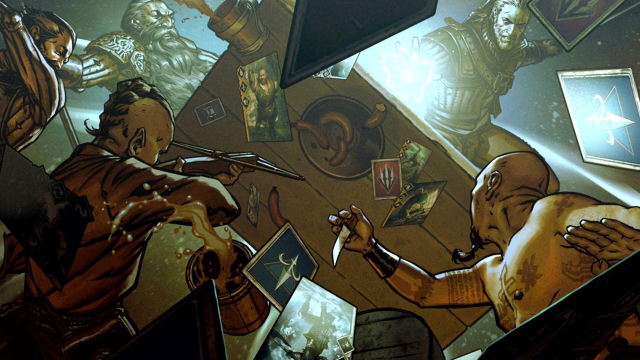
Comments